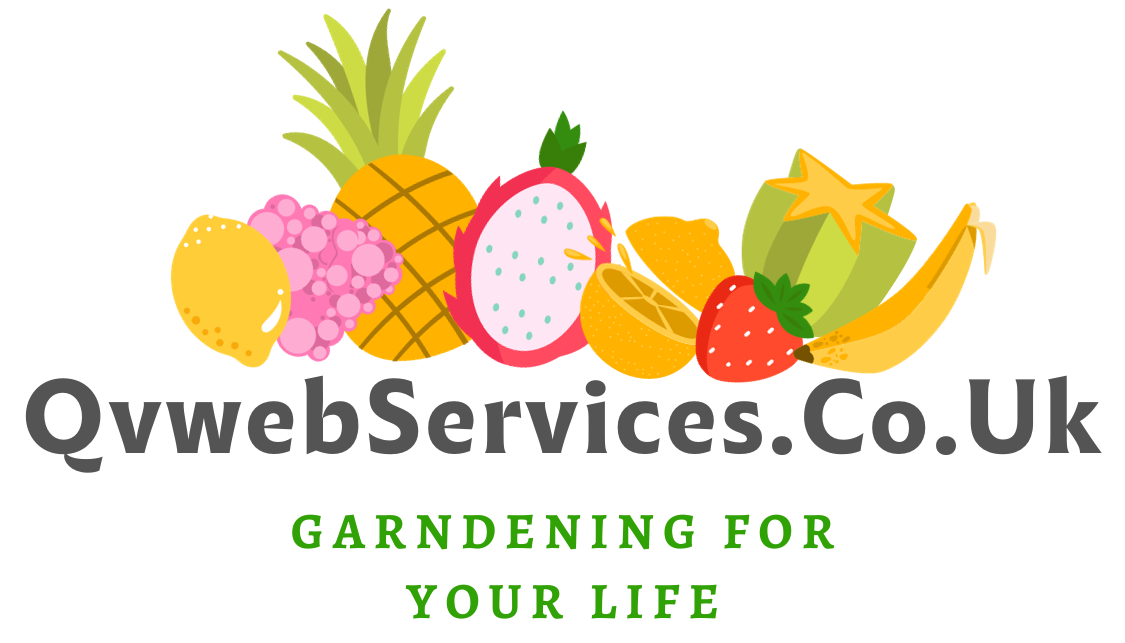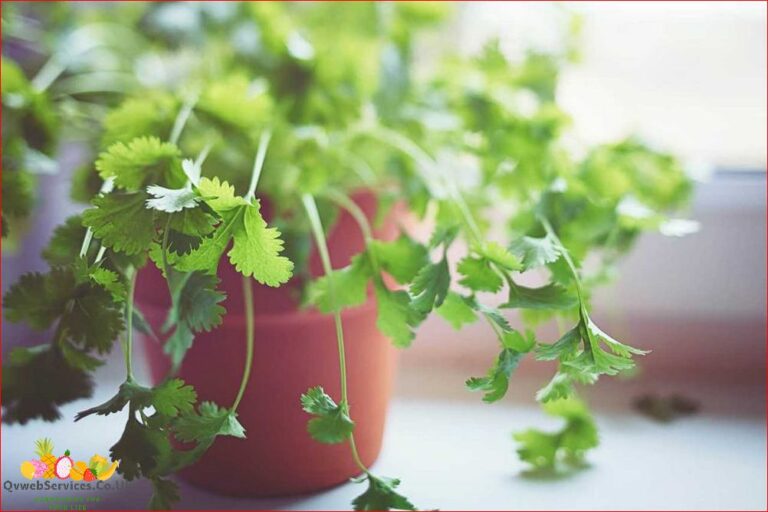Growing Coriander in Pots: A Comprehensive Guide
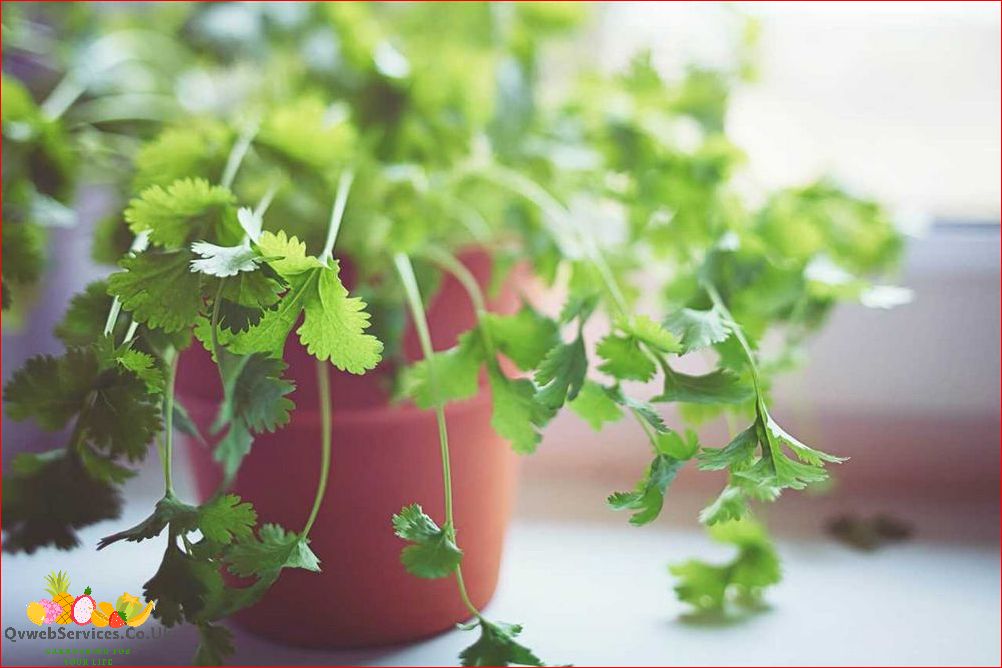
Coriander, also known as cilantro or Chinese parsley, is a versatile herb that is widely used in various cuisines around the world. Whether you want to add a fresh and vibrant flavor to your dishes or simply enjoy the aromatic scent of this herb, growing coriander in pots is a convenient and rewarding option.
One of the great advantages of growing coriander in pots is that it can be easily grown indoors or on a balcony, making it accessible to urban gardeners or those with limited outdoor space. Additionally, growing coriander in pots allows you to have a constant supply of this flavorful herb at your fingertips, as you can harvest the leaves as needed.
Before you start growing coriander in pots, it’s important to understand the basic requirements of this herb. Coriander prefers a sunny location with at least 4-6 hours of direct sunlight per day. It also thrives in well-draining soil that is rich in organic matter. To ensure successful growth, choose a pot with good drainage and fill it with a quality potting mix.
Once you have the right conditions in place, it’s time to sow the coriander seeds. You can either sow the seeds directly into the pot or start them indoors and transplant them later. Sow the seeds about half an inch deep and keep the soil consistently moist until germination occurs, which usually takes around 7-10 days. As the seedlings emerge, thin them out to ensure proper spacing and airflow.
As your coriander plants grow, it’s important to provide them with regular water and fertilization. Keep the soil evenly moist, but avoid overwatering, as coriander plants are prone to root rot. Fertilize the plants every 2-3 weeks with a balanced liquid fertilizer to promote healthy growth and abundant foliage.
Harvesting coriander can be done once the plants have reached a height of about 6-8 inches. You can either harvest the entire plant or selectively pick the leaves as needed. Remember to use a sharp pair of scissors or garden shears to avoid damaging the plant. Freshly harvested coriander leaves can be used in a variety of dishes, such as salads, soups, curries, and salsas.
In conclusion, growing coriander in pots is a convenient and rewarding way to have a constant supply of this versatile herb. By providing the right conditions and care, you can enjoy the fresh and vibrant flavors of coriander in your culinary creations all year round.
Choosing the Right Pot
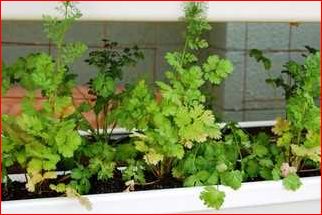
When it comes to growing coriander in pots, choosing the right pot is essential for the success of your plants. Here are some factors to consider when selecting a pot for your coriander:
Size: Coriander plants have a relatively shallow root system, so a pot with a depth of at least 6 inches should be sufficient. However, it’s important to choose a pot that is wide enough to accommodate multiple plants and allow for proper air circulation.
Material: The material of the pot can affect the temperature and moisture levels of the soil. Terracotta pots are a popular choice for growing coriander as they are porous and allow for better drainage. Plastic pots are lightweight and retain moisture well, but they may not provide as much airflow to the roots.
Drainage: Good drainage is crucial for the health of coriander plants. Make sure the pot you choose has drainage holes at the bottom to prevent water from pooling and causing root rot. If your chosen pot doesn’t have drainage holes, you can drill some yourself.
Appearance: While the functionality of the pot is important, you may also want to consider the aesthetic appeal. Choose a pot that complements your indoor or outdoor space and adds a touch of beauty to your coriander garden.
Number of plants: Consider how many coriander plants you plan to grow in a single pot. If you want to grow multiple plants, choose a larger pot to provide enough space for each plant to grow and thrive.
By considering these factors and choosing the right pot, you can create an ideal environment for your coriander plants to grow and flourish. Happy gardening!
Preparing the Soil
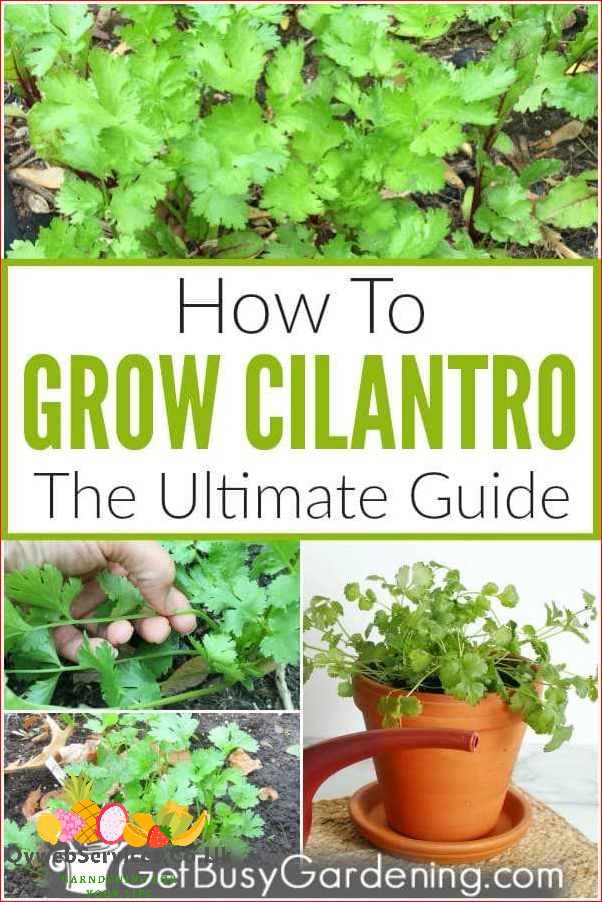
Before planting coriander in pots, it is important to prepare the soil properly. The right soil conditions will provide a healthy environment for the plants to grow and thrive. Here are some steps to follow when preparing the soil:
1. Choose the right potting mix: Coriander prefers well-draining soil that is rich in organic matter. Use a high-quality potting mix that is specifically formulated for herbs or vegetables. Avoid using heavy garden soil, as it can become compacted and hinder root growth.
2. Add compost: To improve the soil’s fertility and moisture-retention capacity, mix in some compost. Compost will provide essential nutrients to the plants and help the soil retain moisture, reducing the need for frequent watering.
3. Check the pH level: Coriander prefers a slightly acidic to neutral soil pH range of 6.0 to 7.0. Use a pH testing kit to check the pH level of the soil. If the pH is too high or too low, you can adjust it by adding lime to raise the pH or sulfur to lower the pH.
4. Remove any weeds: Before planting, make sure to remove any weeds or grass from the pot. Weeds can compete with coriander for nutrients and water, affecting its growth.
5. Loosen the soil: Use a garden fork or a small hand trowel to loosen the soil in the pot. This will help improve aeration and drainage, allowing the roots to penetrate easily and preventing waterlogging.
6. Water the soil: Before planting the coriander seeds or seedlings, thoroughly water the soil in the pot. This will ensure that the soil is evenly moist and ready for planting.
By following these steps, you can create the ideal soil conditions for growing coriander in pots. Remember to regularly monitor the moisture levels and provide adequate sunlight to ensure the healthy growth of your coriander plants.
Sowing Coriander Seeds
Coriander seeds can be sown directly in pots or containers, or they can be started indoors and then transplanted. Here is a step-by-step guide on how to sow coriander seeds:
1. Choose the Right Pot
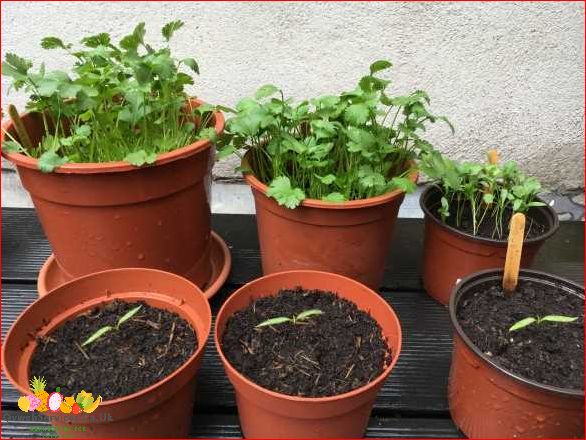
When sowing coriander seeds, it’s important to choose a pot or container that is at least 6 inches deep. This will provide enough space for the roots to grow.
2. Prepare the Soil
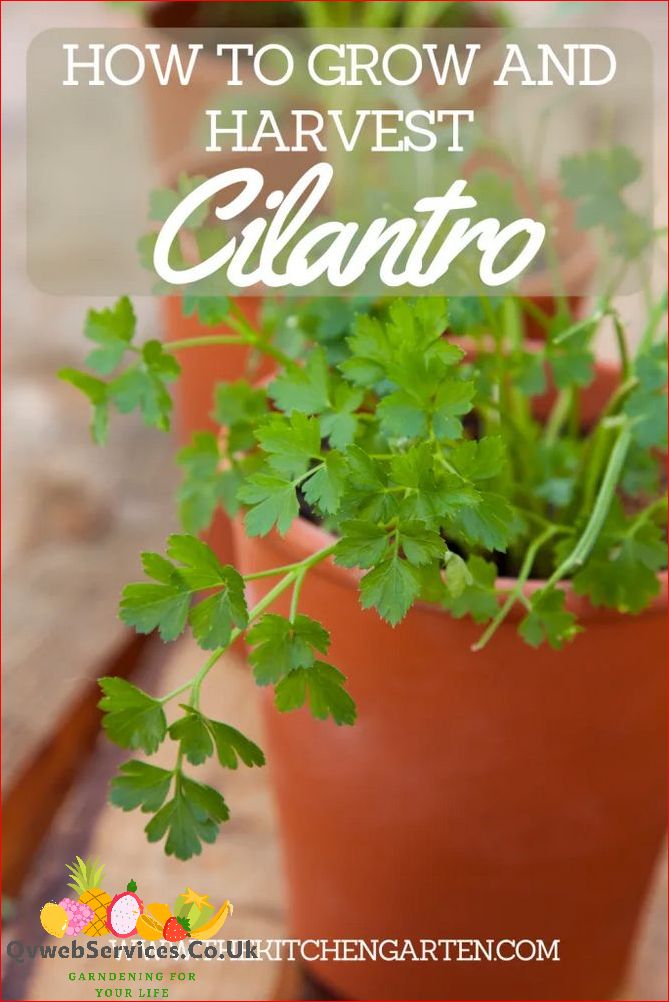
Coriander prefers well-draining soil with a pH level between 6.2 and 6.8. Before sowing the seeds, prepare the soil by mixing in some compost or well-rotted manure to improve its fertility.
3. Sow the Seeds
Make small holes in the soil, about 1/4 inch deep, and sow the coriander seeds. Space the seeds about 2 inches apart to allow room for growth.
4. Cover and Water
After sowing the seeds, cover them lightly with soil and gently water the pot. It’s important to keep the soil moist but not waterlogged.
5. Provide Adequate Sunlight
Coriander plants require at least 4-6 hours of sunlight per day. Place the pot in a sunny spot or use artificial grow lights if you are growing them indoors.
6. Thin the Seedlings
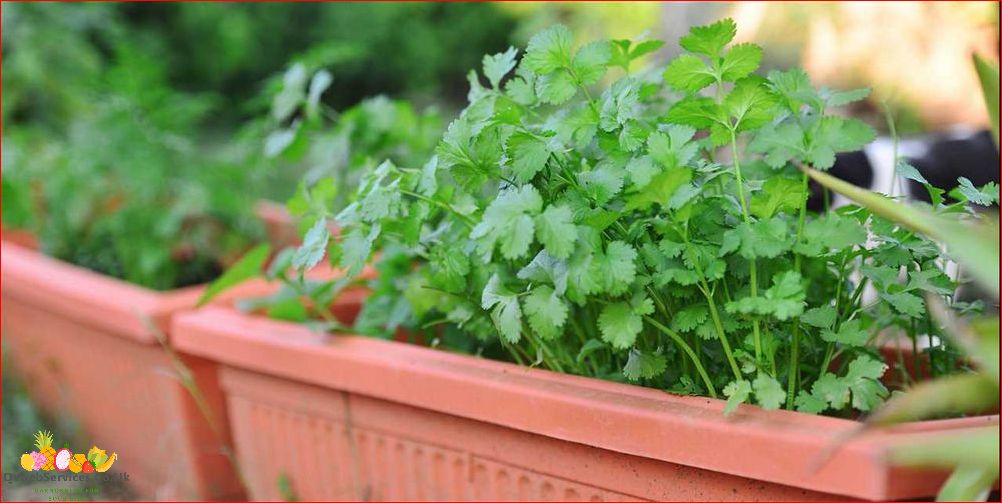
Once the seedlings emerge, thin them out to ensure proper spacing. Leave about 6-8 inches between each plant to allow them to grow without overcrowding.
7. Fertilize Regularly
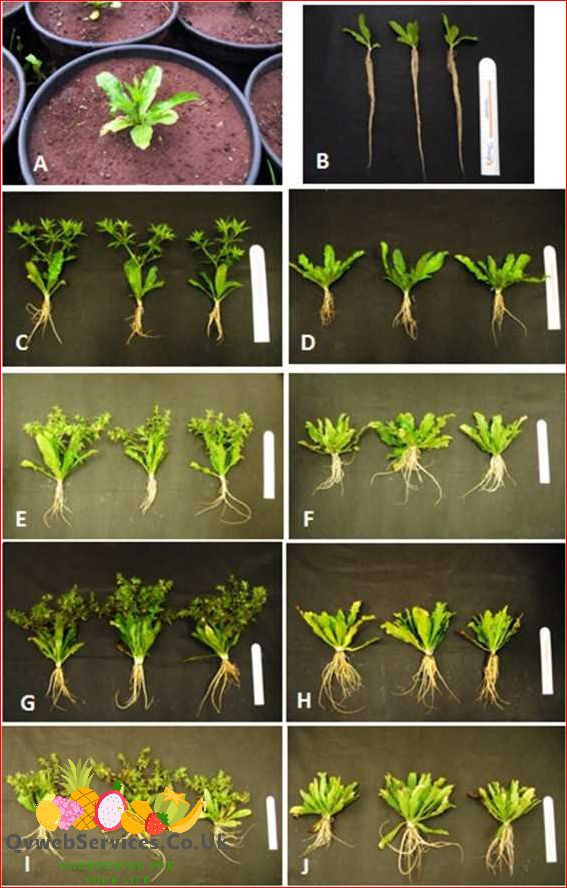
Coriander plants benefit from regular fertilization. Use a balanced fertilizer once every 4-6 weeks to promote healthy growth.
8. Harvesting
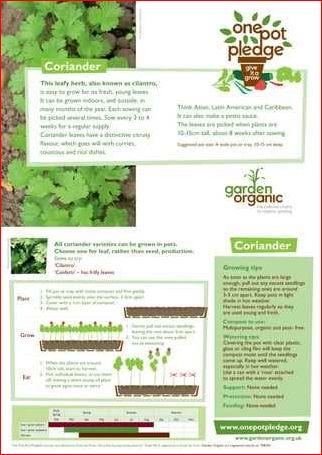
Coriander leaves can be harvested when they are about 4-6 inches tall. Cut the leaves from the outer edges, leaving the inner ones to continue growing. The seeds can be harvested when they turn brown and start to dry on the plant.
By following these steps, you can successfully sow coriander seeds in pots and enjoy a fresh supply of this flavorful herb.
Watering and Care
When watering, aim to keep the soil evenly moist but not waterlogged. Avoid letting the soil dry out completely between waterings, as this can cause the plants to bolt and go to seed prematurely. A good practice is to water deeply, allowing the water to penetrate the soil and reach the roots.
In addition to proper watering, coriander plants also require care to thrive. Here are some tips to ensure their well-being:
1. Sunlight
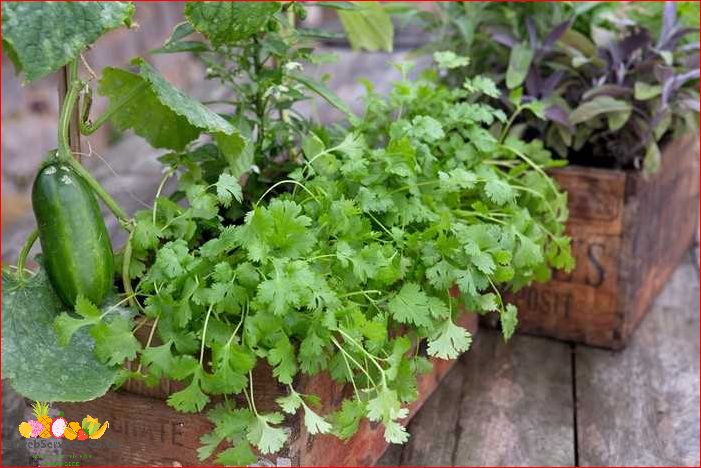
Coriander plants need at least 4-6 hours of direct sunlight every day. Place the pots in a sunny spot, such as a south-facing window or a balcony with ample sunlight.
2. Temperature
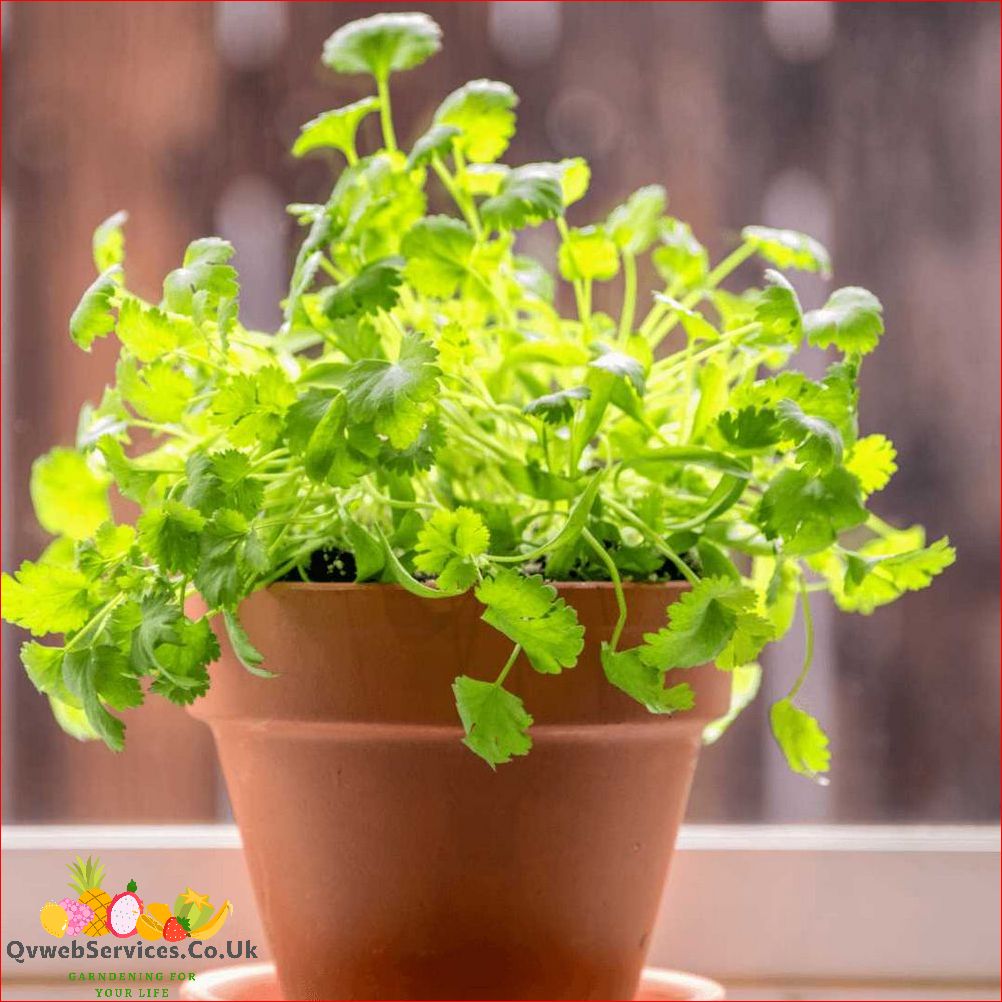
Coriander prefers moderate temperatures between 50-85°F (10-30°C). Protect the plants from extreme heat or cold by moving them indoors or providing shade during hot summer days or frosty winter nights.
3. Fertilizer
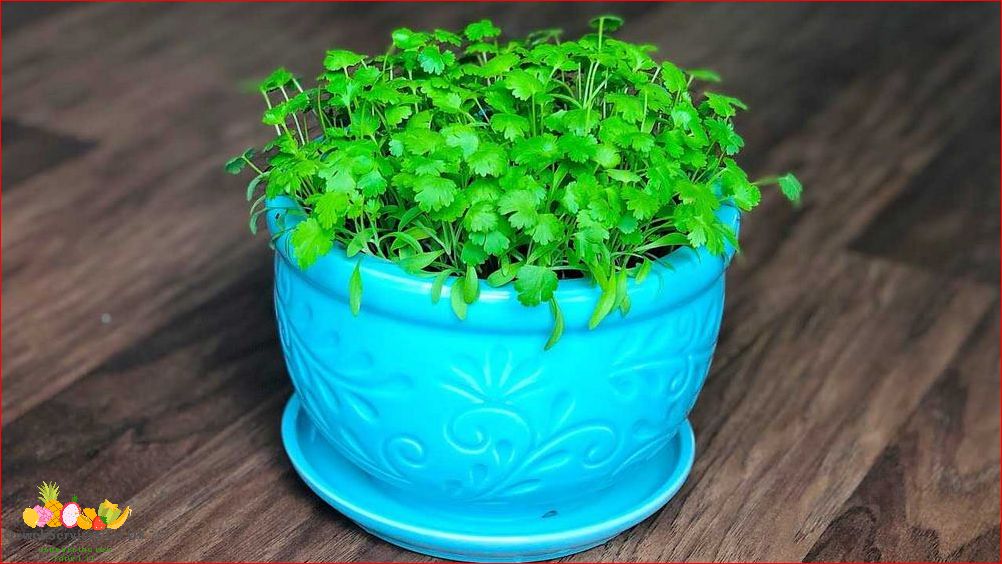
Feed the coriander plants with a balanced liquid fertilizer every 2-3 weeks during the growing season. This will provide them with the necessary nutrients for healthy growth.
4. Pruning
To encourage bushier growth and prevent the plants from bolting, pinch off the tips of the coriander stems regularly. This will also help to promote the production of fresh leaves.
By following these watering and care tips, you can enjoy a bountiful harvest of fresh coriander from your pots throughout the growing season.
Harvesting Coriander
Harvesting coriander is an exciting and rewarding part of growing this versatile herb. Once your coriander plants have reached maturity, usually around 60-75 days after sowing, you can start harvesting the leaves and seeds.
Harvesting the Leaves
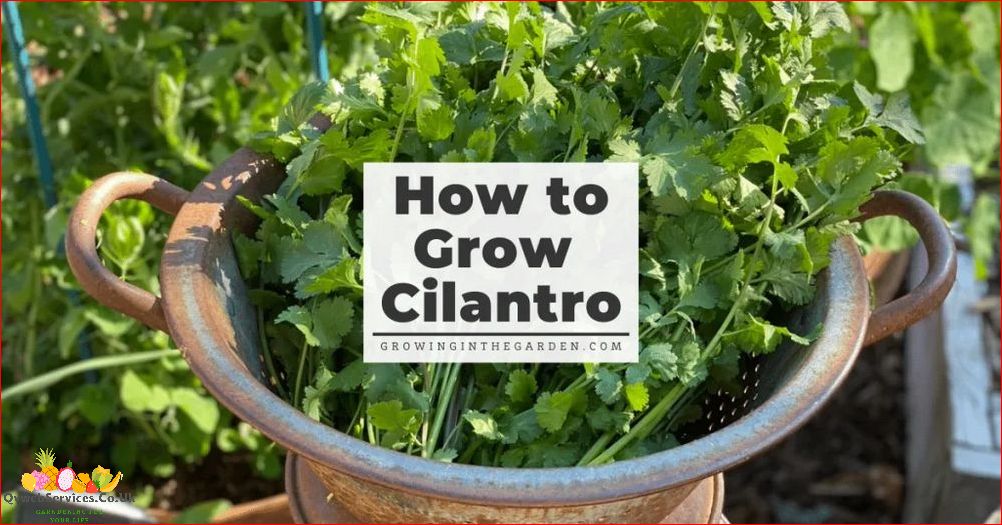
The leaves of the coriander plant are the most commonly used part and can be harvested at any stage of growth. However, for the best flavor, it is recommended to harvest the leaves when the plant is young and before it starts to flower. This is when the leaves are at their most tender and flavorful.
To harvest the leaves, simply use a pair of clean scissors or garden shears to cut off the desired amount of leaves. It is best to cut the leaves from the outside of the plant, leaving the inner leaves to continue growing. This will encourage the plant to produce more leaves and prolong the harvest period.
Harvesting the Seeds
The seeds of the coriander plant, also known as coriander or cilantro seeds, are a popular spice used in many cuisines. To harvest the seeds, you will need to wait until the plant has flowered and the seeds have turned brown and dry.
Once the seeds are ready for harvest, cut the entire flower stalk from the plant and place it in a paper bag. Hang the bag upside down in a cool, dry place for a few weeks to allow the seeds to fully dry. Once dried, gently crush the flower stalks to release the seeds.
After crushing, you can separate the seeds from the stalks by gently rubbing them between your hands. Store the seeds in an airtight container in a cool, dark place until ready to use.
Note: If you plan to use both the leaves and seeds of the coriander plant, it is best to stagger your plantings to ensure a continuous harvest throughout the growing season.
Enjoy the satisfaction of harvesting your own fresh coriander leaves and seeds, and add a burst of flavor to your culinary creations!
Video:Growing Coriander in Pots: A Comprehensive Guide
As Stephanie C. Phillips, I am the voice and green thumb behind QvWebServices.co.uk. My passion for gardening and sharing my knowledge with others has led me to create a space where fellow gardening enthusiasts can find practical advice and inspiration.
From the sun-soaked fields of Texas to the cozy balconies of city dwellers, I strive to guide you through the nuances of growing your own food and beautifying your surroundings with plants. My articles are a reflection of my dedication to the art of gardening, and I hope they encourage you to get your hands dirty and enjoy the rewards of nurturing life from the soil.
Join me on this verdant journey to cultivate not just gardens, but a sense of community and connection to the earth.
